Transplanting raspberries. Without this process, don’t expect a harvest!
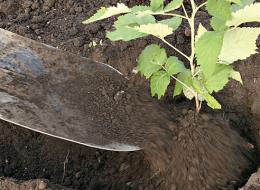
Probably, almost every person in the post-Soviet space knows the enchanting taste of raspberries. But raspberries are known not only for their excellent taste, but also for their beneficial properties, just like raspberry jam, which will cure you of a cold in winter.
Content:
Raspberry transplant technique
Probably, almost every person in the post-Soviet space knows the enchanting taste of raspberries. But raspberries are known not only for their excellent taste, but also for their beneficial properties, just like raspberry jam, which will cure you of a cold in winter.
Every summer resident wants to get a good harvest of raspberries, but for this you need to try: timely replanting, weeding, hilling, mulching, watering and many other actions, but the result will be worth the effort.
Raspberries must be replanted at least every 4 years, as this plant greatly depletes the soil, especially in the root zone. The best soil for replanting raspberries is considered to be the one where tomatoes, potatoes or onions grew before. The soil also needs to be dug up, weeded and mineral and organic fertilizers (ammophos, ash, manure) applied. The technique for replanting raspberries is as follows:
First of all, you need to dig holes for planting with parameters of 50 * 50 * 50 cm, add fertilizer to each hole in the proportion of 40 g of ammophos, 80 g of ash and 10 kg of humus. Raspberry transplant We produce in rows using the trench method with a distance of 1.2 m between trenches. Each bush can absorb up to 8 liters of water. There is an opinion among beginning gardeners that raspberries can be replanted all year round, but experienced gardeners consider the month of September to be optimal for this.
The selection of shoots for transplantation is also important - we select developed shoots and cut off the top by 15 cm, then tie the stems to the trellis.
After a few days, we mulch the soil with peat or small straw, this will help retain moisture and destroy emerging weeds. Raspberry bushes are watered as needed. Provided that all of the above recommendations are followed, the shoots should take root before the onset of cold weather and subsequently produce new young shoots.
The second method of transplanting raspberries
However, there is another way to transplant raspberries. Immediately after harvesting the first summer harvest, we remove old plants, leaving old roots for young shoots to better obtain nutrients from the soil. Next, we transplant the shoots to a new place, attaching them to the trellises. Care raspberry bushes We produce exactly as indicated earlier, not forgetting that excessive watering will only harm the plant - it may get sick. During autumn replanting, only young plants are taken, while mulching the soil and watering it until the young bush takes root. When transplanting in spring, you will get an autumn harvest of raspberries, which will be richer, and the berries will have a different taste.
Remember that replanting plays a huge role in caring for raspberries: to get a good harvest and high-quality berries, you need to do it on time and following the main principles.

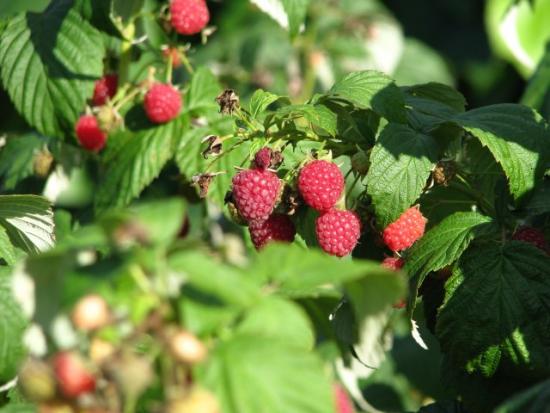

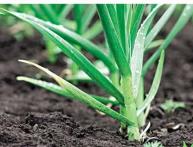


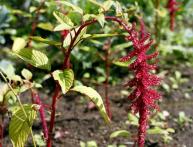


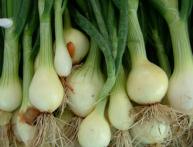
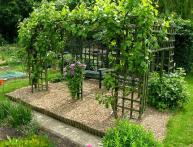
Comments
Well, yes, but I keep wondering why my raspberries don’t bear much fruit, apparently the reason is that we have never transplanted them to another place, of course they grow, but the harvest is no greater from this.